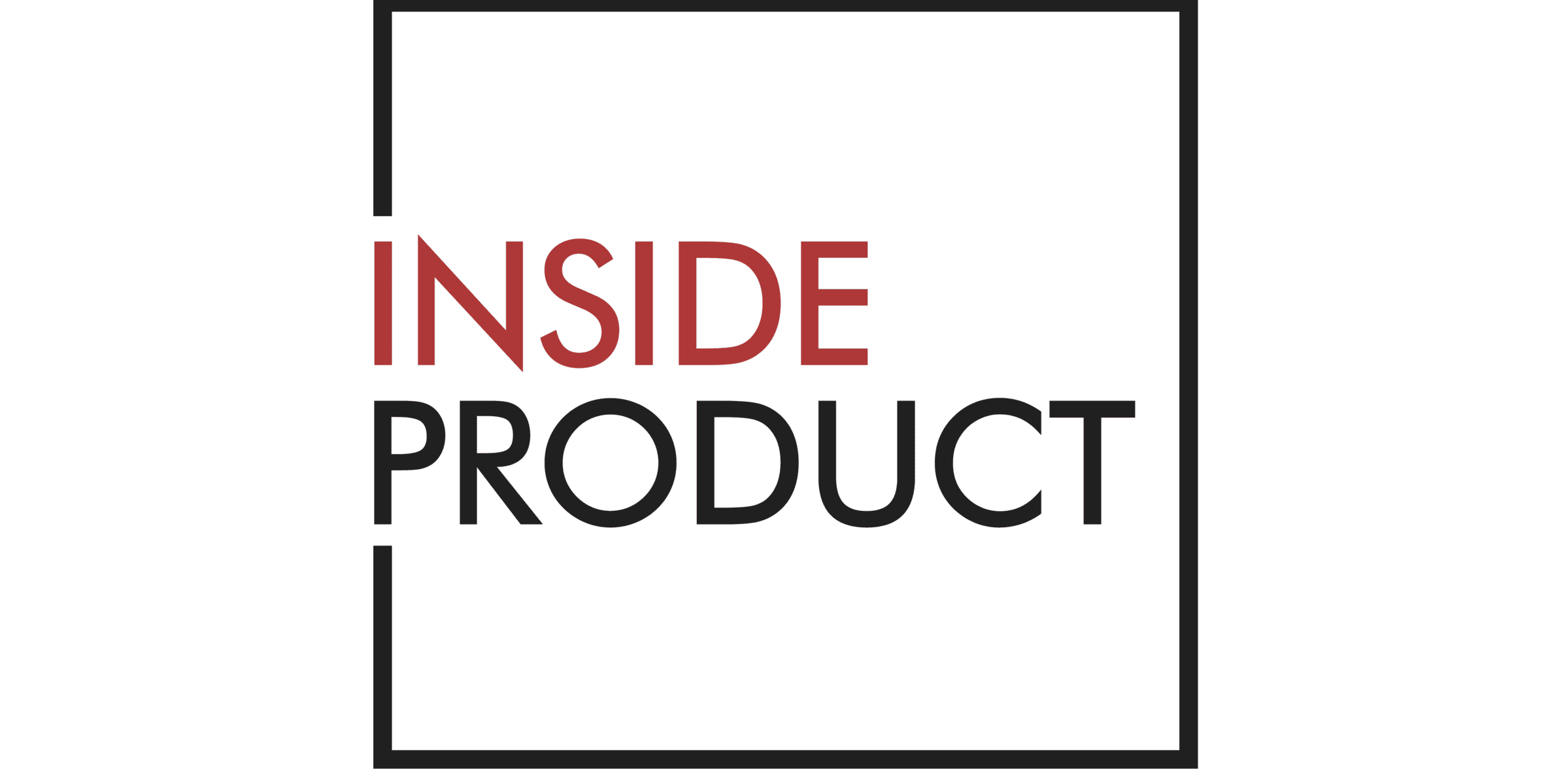When I put together the posts for this week’s newsletter, I picked posts that take a bit of a contrarian view point. Although in some cases, the contrarian view point is the perspective that teams should have.
The Outcome over Output section has two articles that highlight the disturbing trend among many organizations to loudly proclaim their use of agile approaches, all while they embody anti-patterns of focusing solely on output without regard for outcome.
In the Shared Understanding section is an article about Jobs to Be Done, an alternative to personas that focuses on what people hire products and services to do rather than trying to segment people based on their characteristics.
In the Decision Making section is a post describing a key trend of product managers as truth seekers, which may mean at times they question their own hunches.
The Roles and Organizations section has a post contrasting internal and external products.
And in the New from KBP.Meda section is a post describing the importance of considering context when trying to learn from others’ experiences.
Kent J. McDonald
KBP.Media
Subscribe
[display_form id=2]
Outcome Over Output
How to turn a story point factory into a customer-centric team?
By David Pasztor, www.mindtheproduct.com
Almost all the product teams I know use some agile methods, and they are certainly great tools to break down mega projects into manageable parts, to bring back flexibility to the development process or make it easier to estimate resources. But many people feel they have become story point implementing machines, and the focus on agile has meant that the original goals of focusing on clients and end users have become lost along the way. For them agile looks like a needless abstraction layer between the development team and their customers. How can we bring customers back into the picture?
12 Signs You’re Working in a Feature Factory
By John Cutler, hackernoon.com
In case you are not sure whether you are working in a Feature Factory/Story Point Factory that needs to turn into a customer-centric team, here are 12 signs.
Shared Understanding
Know Your Customers’ “Jobs to Be Done”
By Clayton M. Christensen, Karen Dillon, Taddy Hall, David S. Duncan, hbr.org
Idea in Brief
What’s Wrong
Innovation success rates are shockingly low worldwide, and have been for decades.
What’s Needed
Marketers and product developers focus too much on customer profiles and on correlations unearthed in data, and not enough on what customers are trying to achieve in a particular circumstance.
What’s Effective
Successful innovators identify poorly performed “jobs” in customers’ lives—and then design products, experiences, and processes around those jobs.
Decision Making
The Best Product Managers are Truth Seekers
By Sachin Rekhi, sachinrekhi.com
One of the personality traits I value most in successful product managers is they are inherently truth seekers. Truth seekers have a strong bias towards discovering the truth being their primary motivation and what ultimately guides their decision-making. It takes incredible humility and curiosity to embody this trait, but when it exists, the benefits are felt throughout the entire R&D team.
Roles and Organizations
Managing Internal vs. External Products
By Orange Star, www.proficientz.com
The vast majority of the product management ecosystem is tied to commercial (external) products. Having trained a significant number of product managers in both environments, I thought it was time to show a little love to those who manage internal products and highlight the key similarities and differences with managing external products.
New from KBP.Media
How to Consider Context When Learning From Others
Experience is the best teacher. This post shares five steps to consider context when learning from others’ experience.


 KBPUpdate January 4, 2017
KBPUpdate January 4, 2017